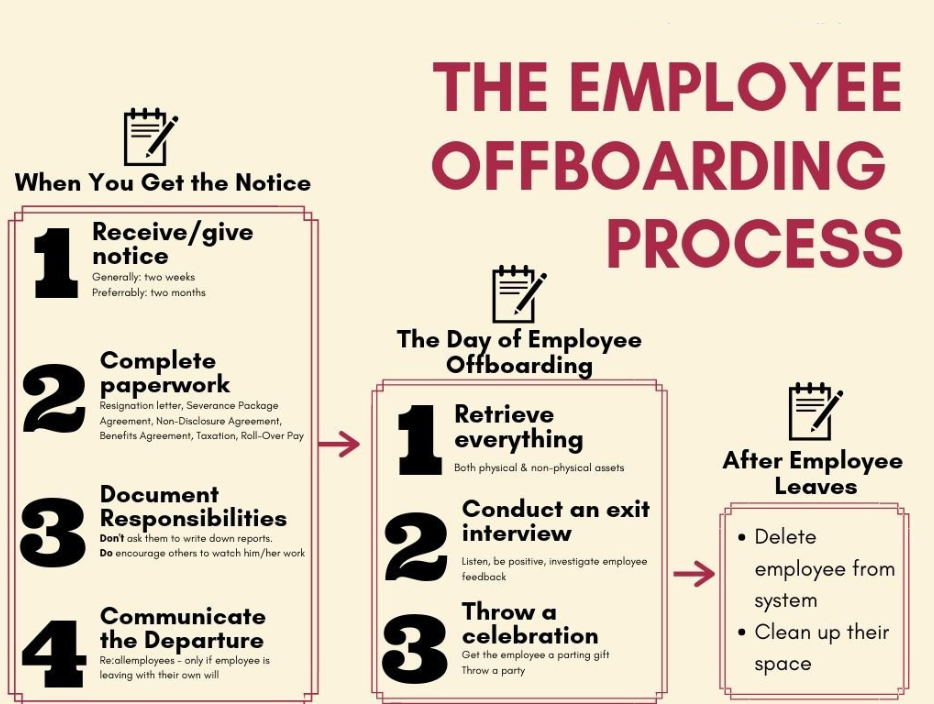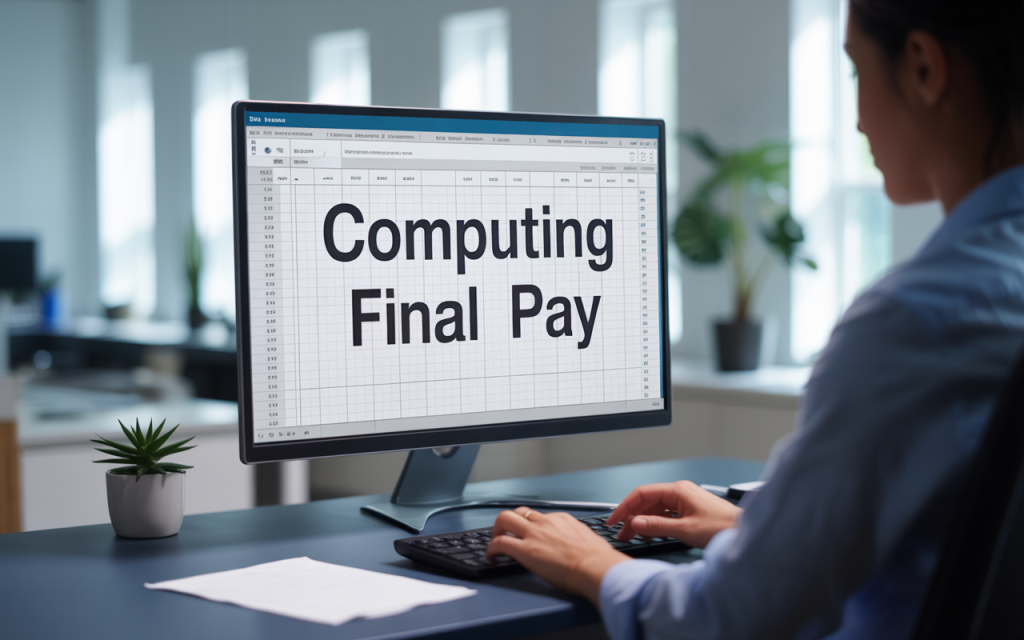While offboarding might seem done once the badge is returned, the final paycheck is the true closing handshake and it’s often where costly mistakes happen.
Final pay isn’t just a routine payout; it carries legal weight and emotional significance. If it’s incorrect or delayed, employers risk more than compliance issues, they risk their reputation. That’s why understanding the final pay process is essential for HR professionals, team leads, and employees alike.
What’s Included in Final Pay?
When someone leaves a company, regardless of whether they resigned, were let go, or agreed to part ways, final pay obligations still apply. The law and good practice agree on one thing: they must be paid everything they’re owed.
That typically includes their regular salary up to their final working day. If they’ve got unused paid time off, that often needs to be paid out as well, depending on your policy and local employment laws. Commission? If they’ve earned it, it goes in the pot. Performance bonuses that are contractually due? Same rule. Pay back any approved expenses once you’ve got the receipts. If there’s a severance deal in place, stick to it and include it in the total.
Not every leaver will get the same elements, but the golden rule stands: if it’s earned, it must be paid.
Why You’ve Got to Get This Right
Final pay isn’t just admin, it’s trust. A late or underpaid final paycheck isn’t just a mistake; it’s a statement that says, “You didn’t matter.” That one error can lead to legal disputes, public backlash, or a Glassdoor review that puts future candidates off applying.
For the employee, that final pay often marks the start of a new chapter or a short-term financial limbo. If the money’s not there when promised, it causes stress. If it’s wrong, it causes doubt.
For the employer, a well-handled exit speaks volumes. It’s professional. It’s compliant. It shows integrity. And it leaves the door open for referrals, rehires, or partnerships down the road.
The Step by Step Process

Getting last pay right isn’t just about closing a payroll file it’s about closing a chapter with class. Here’s how the process needs to unfold step by step if you want to stay compliant and protect your brand.
1. Confirm the Exit
Get the resignation letter or termination confirmation in writing. No ambiguity. This starts the clock.
2. Finalise Time and Leave
HR and payroll need to sync up. Confirm worked hours, any overtime, and any unused leave. Accuracy here is non-negotiable.
3. Offboard and Recover Company Assets
Laptops, phones, ID badges, all of it. But unless the contract gives you the right, you can’t deduct costs for missing items. Check the legal ground before you act.
4. Calculate the Full Amount
Everything goes in. Salary, leave, bonuses, commissions, expenses, and lawful deductions. This is a numbers game that must be done properly.
5. Pay On Time
The deadline depends on where you are. Could be the next payday, could be within a few days. Either way, there are no excuses. Get it done and get it right.
Calculating Final Pay the Right Way

Here’s where it gets mathematical but it’s not complex if you keep the formula clean.
Final Pay = Prorated Salary + PTO + Bonuses + Reimbursements − Approved Deductions
Let’s say Taylor, who earns $4,000 per month, resigns on the 20th. She’s got three days of unused paid leave valued at $180 per day, and she returned everything except her work tablet, worth $150.
Her prorated salary would be $2,666.67 (20 days’ worth), her PTO payout would be $540, and she’d have a $150 deduction for the missing device. Assuming that deduction was agreed in her contract. Her final payout? $3,056.67.
Miss one of those inputs or apply a deduction incorrectly, and the whole number falls apart. Transparency is your safest bet. Show the maths, back it with policy, and keep it tight.
Get Final Pay Right. Every Time
Whether you’re managing offboarding now or preparing your systems for the future, how you handle final pay is a direct reflection of your business integrity.
If you’re an employer:
✅ Review your contracts and HR policies
✅ Audit your current offboarding process
✅ Make sure payroll and HR are aligned on every exit
✅ Consider using an offboarding checklist or automation tool to reduce errors
If you’re an employee preparing to leave:
✅ Check your employment contract for pay entitlements
✅ Confirm your last working day and ensure it’s on record
✅ Submit all outstanding expenses and return company assets promptly
Need help building a smoother, more compliant exit process?
*******@******es.com?subject=Email%20from%20blog%20article&body=Name:%0D%0ACompany:%0D%0APhone:%0D%0A%0D%0AComments:” target=”_blank” rel=”noreferrer noopener”>Contact us today! Let’s make final pay simple, compliant, and stress-free.

FAQs
What happens if final pay is late?
If employers get final pay wrong, they risk lawsuits, regulatory fines, and serious damage to their reputation.
Is PTO mandatory to pay out?
In many jurisdictions, yes — but always check your local laws.
Can I deduct money for unreturned equipment?
Only with prior written agreement, and only if laws permit.
Should we issue final pay via direct deposit or check?
Either is fine, as long as it’s timely and documented.
Can severance be part of final pay?
Yes, if offered contractually or as per policy.
Are bonuses paid in final pay?
Yes. If the employee earned the bonus and the contract says it’s due, you must include it in their final pay.






